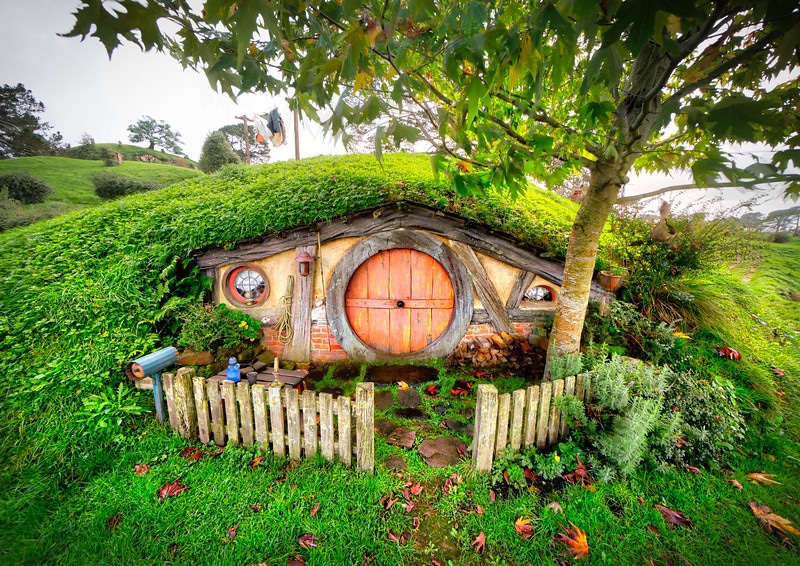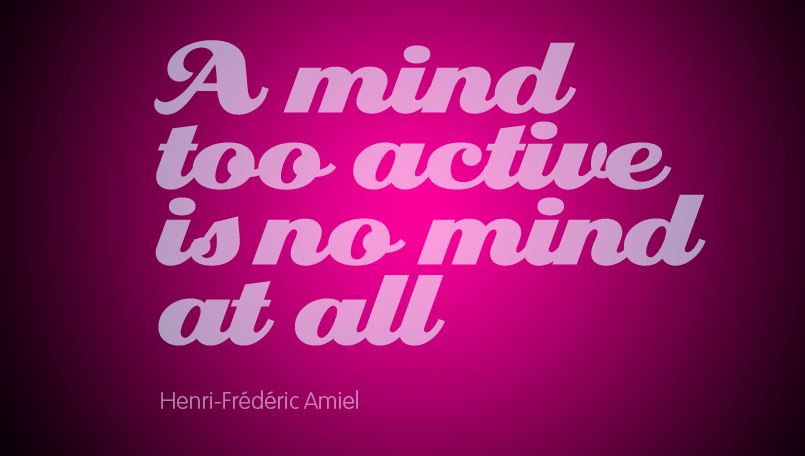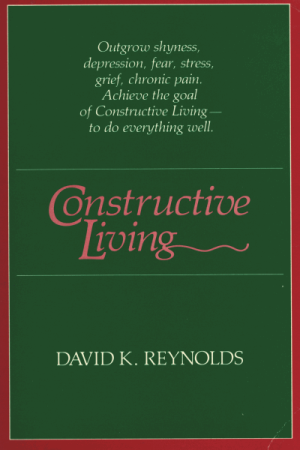We all have a natural default, a way of being that arises naturally for us when we are not making a concerted effort to be different. My Uncle Donald was “born neat”, I’m told. He always took meticulous care of his toys when he was young, putting each one away carefully in their original box or container when he was finished playing. He took care of his tools in a similar way when he got older. And still, at 84 years old, he is taking beautiful care of his home and yard. That is his natural default in regard to the tangible world of his possessions. To do anything different would feel strange and unnatural for him.
My default looks a bit different. Without a deliberate plan in mind, an exercise to work with, or a routine in place, I can quickly wreak havoc in my environment as I follow my ideas and impulses, leaving a trail of unfinished business behind. Though I wholeheartedly aspire to take care of my things with all of the love, care and attention they deserve, I can get distracted from this goal if I am not making a deliberate and conscious effort to remember it and follow through. I am tugged in many directions at any one time.
Can our defaults change over time? Absolutely. And thank goodness — some of our natural defaults can be dangerous for ourselves or others. Sometimes, through our own ongoing efforts, we can internalize the changes we’d like to make and new defaults will really and truly take root in our lives. But during times of stress, when we are exhausted, anxious and distracted by numerous demands, our original default settings can try to seize the opportunity to resume the controls again.
When we have slipped back to our old way of doing things, after lots of effort to change ourselves, it’s hard not to feel defeated. We should be able to do better. Why can’t we maintain our progress? Haven’t we learned anything? But Pema Chodron hit the nail right on the head when she pointed out that “things come together and they fall apart . . .” This is the natural way of the world. We ride the waves of our lives, both the crests and the troughs of the waves, as things come together for a while, and fall apart for a while.
Recognizing this pattern as natural can help us to find compassion for ourselves and others when we periodically flounder. And there’s something very important to be said for the humility that this floundering can stimulate. In fact, this humility can temper our high-powered drive to perfect, shape, mold, modify and stretch ourselves day and night, to erase any sign of flaws, weaknesses or limitations. It can help to temper our grandiose notions of who we might become and lead us, instead, to the reality of who we are, and how we are blessed, despite our shortcomings. What a radical notion it is to accept and relax into our humanity.
And the more we acknowledge the truth of our lives, the easier this is to do. That is why I aspire to be as transparent as I can. So I’d like to say that I lost my rhythm with some of my own routines, during a very busy period of time. I’m putting them back together now and though some are better than before the busy wave hit, others are more stubborn . . . but nothing’s wrong. It’s the rise and the fall. The coming together and the falling apart.
That’s the dance that we’re all part of for thirty thousand days or so – as our lives and jobs and relationships rise and fall and rise anew, as we reinvent the steps along the way. Our weaknesses and defaults are woven into the dance. We don’t need to become perfect or even special to be good dancers. We just need to become good partners with those who are dancing with us. We need to learn how to dance together, with all of our quirks and styles and syncopations, as we rise and fall, separately and together. That is the wild, heartbreaking, exquisite challenge we all face.













